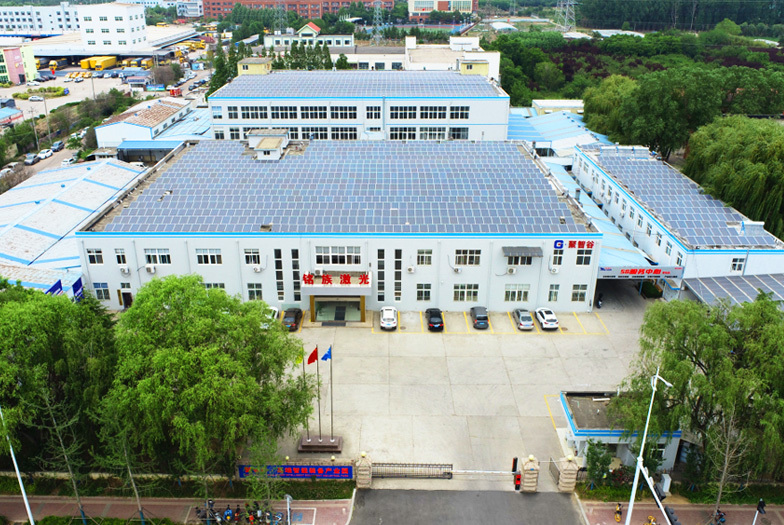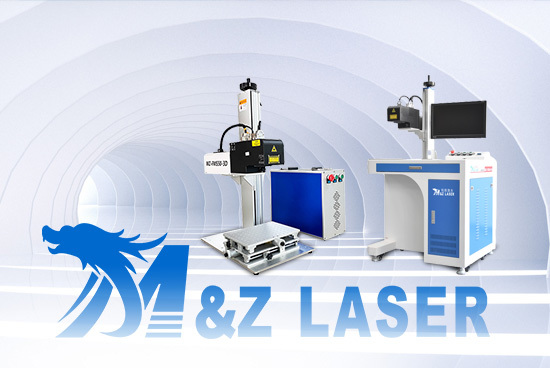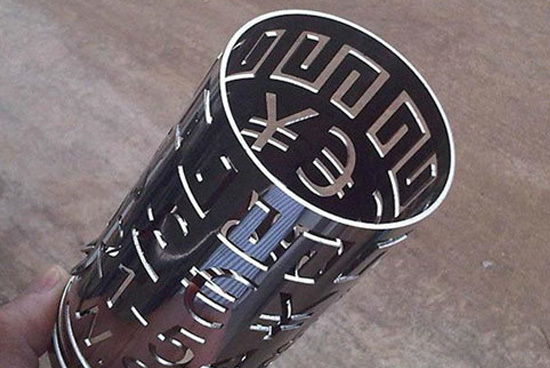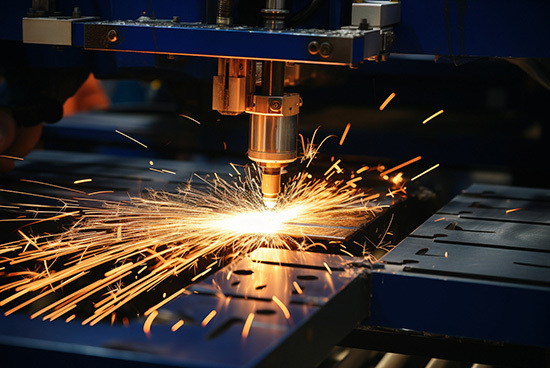Performance characteristics and technological advantages of laser cutting machines
Release time:
2025-04-02
Performance Characteristics and Technological Advantages of Laser Cutting Machines
In modern manufacturing, laser cutting technology, with its high precision, high efficiency, and non-contact processing methods, has gradually become one of the preferred processes for cutting metal sheets and non-metallic materials. As the core equipment of this technology, laser cutting machines have demonstrated enormous application potential and value in various fields due to their performance characteristics and technological advantages. This article will discuss in detail the performance characteristics and technological advantages of laser cutting machines, hoping to provide a reference for relevant professionals.
I. Basic Working Principle of Laser Cutting Machines
The working principle of a laser cutting machine is based on the high energy density characteristics of the laser beam. The laser beam is focused into an extremely small spot by a focusing lens. The energy density at the spot is extremely high, enough to instantly melt, vaporize, or reach the ignition point, thus achieving material cutting. Laser cutting machines are usually composed of a laser, an optical path system, a worktable, a control system, etc. The laser generates the laser beam, the optical path system guides and focuses the laser beam, the worktable is used to support and move the material, and the control system is responsible for controlling the entire cutting process.
II. Performance Characteristics of Laser Cutting Machines
1. High Precision
Laser cutting machines have extremely high positioning accuracy and repeat positioning accuracy, typically reaching 0.05 mm or even higher. This characteristic makes laser cutting machines excel in processing complex shapes and precision parts, meeting the requirements of high-precision processing.
2. High Efficiency
Laser cutting is fast, with high cutting efficiency. The high energy density of the laser beam can quickly heat and cut the material, greatly reducing processing time. In addition, laser cutting does not require molds, saving time and cost in mold design and manufacturing.
3. Non-contact Processing
Laser cutting is a non-contact processing method. There is no mechanical contact between the laser beam and the material, avoiding the influence of mechanical stress on the material. This characteristic makes laser cutting machines have significant advantages in processing thin plates and easily deformable materials.
4. Wide Range of Applications
Laser cutting machines are suitable for cutting a variety of materials, including metals (such as stainless steel, carbon steel, aluminum alloys, etc.), non-metals (such as wood, plastics, glass, etc.), and composite materials. By adjusting parameters such as laser power, cutting speed, and gas assistance, the laser cutting machine can adapt to the cutting needs of different materials.
5. High Degree of Automation
Modern laser cutting machines are usually equipped with advanced control systems and automation devices, which can achieve automated cutting and intelligent management. Through programming, laser cutting machines can automatically complete complex cutting tasks, greatly improving production efficiency and processing quality.
III. Technological Advantages of Laser Cutting Machines
1. High Material Utilization Rate
Laser cutting machines have high cutting precision, which can accurately control the cutting path and cutting depth, reducing material waste. At the same time, laser cutting does not require molds, avoiding material loss during the mold design and manufacturing process, and improving material utilization.
2. Good Processing Quality
The cut is flat and smooth with laser cutting, meeting quality requirements without secondary processing. In addition, the heat-affected zone of laser cutting is small, and the thermal damage to the material is small, maintaining the original properties of the material.
3. High Flexibility
Laser cutting machines have high flexibility and can easily handle various complex shapes and sizes of cutting tasks. Through programming, the laser cutting machine can quickly adapt to different product designs and production needs, improving the flexibility and adaptability of the production line.
4. Energy Saving and Environmental Protection
Laser cutting does not require the use of cutting fluids and other auxiliary materials, reducing environmental pollution. At the same time, the energy consumption of laser cutting machines is relatively low, and the energy utilization rate is high, in line with the trend of energy saving and environmental protection.
5. Easy to Integrate and Upgrade
Laser cutting machines are easy to integrate with other production equipment to form automated production lines. In addition, with continuous technological advancements, laser cutting machines can be upgraded with software and hardware to improve performance and functionality, extending their service life.
In summary, laser cutting machines, with their high precision, high efficiency, non-contact processing, wide range of applications, and high degree of automation, as well as their high material utilization rate, good processing quality, high flexibility, energy saving and environmental protection, and ease of integration and upgrading, are playing an increasingly important role in modern manufacturing. With continuous technological advancements and expanding applications, laser cutting machines will provide strong support for the transformation, upgrading, and high-quality development of manufacturing.














